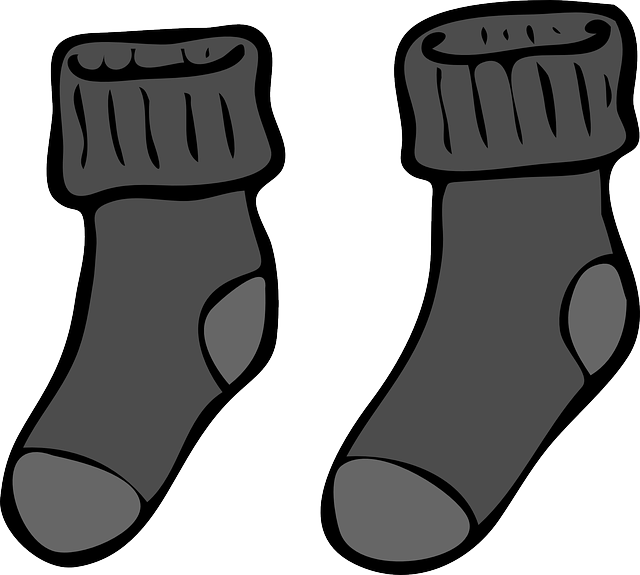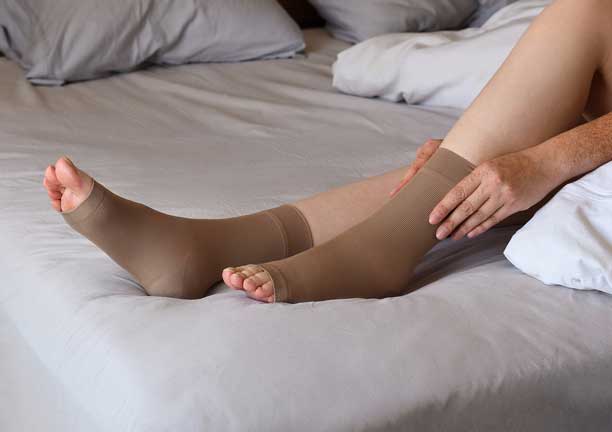
Toe-up socks are a popular choice for knitters because they allow for the flexibility to try on the sock as you knit, ensuring the perfect fit from start to finish. One of the key features of toe-up socks is the ability to adjust the length and fit easily. However, one common question many knitters have when making toe-up socks is, “When should I start the gusset?” The gusset is an important part of the heel construction, helping the sock to fit comfortably around the arch and heel area, providing additional room and shaping.
In this detailed guide, we will explore when and how to start the gusset in toe-up socks. We will cover the different types of gusset heels, how to know when to begin this crucial part of the sock, and tips for ensuring your socks fit well. Whether you’re a beginner or a seasoned sock knitter, understanding when to start the gusset can greatly improve the fit and comfort of your finished socks.
What is a Gusset in Toe-Up Socks?
Before delving into when to start the gusset, it’s important to understand what the gusset is and why it’s such an essential part of a well-fitting sock.
A gusset is a section of the sock that is added to give the sock more room around the arch and heel area. The gusset works by increasing the number of stitches on the sides of the foot to accommodate the natural curve of the foot and give it a more comfortable fit. It essentially creates a triangle of additional stitches that helps form the sock’s heel.
In a typical toe-up sock, the gusset is created by picking up stitches along the sides of the toe-up sock after the toe is knitted. These picked-up stitches are then worked into the heel flap or heel turn, depending on the construction method used. Without a gusset, the sock may be too tight around the arch, leading to discomfort or a poor fit.
When to Start the Gusset in Toe-Up Socks

Starting the gusset at the right time is crucial to ensure a smooth transition to the heel and to achieve a sock that fits comfortably. If the gusset is started too early, the sock may end up being too loose around the arch, while starting too late could result in a sock that is too tight or doesn’t fit the shape of the foot properly.
Here are a few key indicators and guidelines to help you determine when to start the gusset:
1. Measure the Foot Length
The first step in determining when to start the gusset is measuring the foot length. Toe-up socks are knit starting from the toe, and once you reach the appropriate foot length, it’s time to start the gusset.
To measure the foot, use a soft measuring tape to measure from the tip of the toe to the back of the heel. Be sure to keep the foot flat and relaxed while measuring to ensure accuracy. If you’re knitting socks for yourself, you can simply try the sock on as you knit to determine when it’s long enough. If you’re knitting for someone else, ask for their foot measurements or refer to a sock sizing chart.
As a general rule, the gusset should be started when the sock is approximately 1-2 inches (2.5 to 5 cm) shorter than the desired finished length. This allows enough room for the gusset and heel construction without making the sock too short.
For example, if the desired foot length is 9 inches (23 cm), you should begin the gusset once you’ve knitted the sock to about 7 inches (18 cm). This allows for the gusset increases and heel shaping without the sock becoming too long.
2. Consider Foot Shape and Fit Preferences
Different feet have different shapes, and not all people will require the same amount of room around the arch or heel. Some individuals have higher arches, while others have lower arches, and these differences should be taken into consideration when determining when to start the gusset.
When knitting for yourself, pay attention to how the sock fits as you work. If you feel that the sock fits snugly around the foot but feels tight around the arch, it’s a sign that you may need to start the gusset earlier. On the other hand, if the sock feels loose, you may want to delay starting the gusset to prevent the sock from becoming too baggy.
If you’re knitting for someone else, ask about their specific fit preferences. For example, they may prefer a sock with a snug fit around the arch, or they may need a little extra room for comfort. This feedback will help you decide when to start the gusset.
3. Gusset Increases Should Be Evenly Distributed
The gusset is created by picking up stitches along the sides of the foot, and the increases must be evenly distributed. The purpose of the gusset is to add width to the sock, making sure it fits properly around the heel and arch.
To ensure that the gusset increases are evenly distributed, you should start the gusset when the sock is at the correct length and the foot has enough room to allow for increases. Starting too soon can lead to a sock that is too tight around the foot, while starting too late can leave you with an awkward or uncomfortable fit.
4. Try the Sock On Periodically
One of the advantages of knitting toe-up socks is the ability to try them on as you knit. This allows you to determine when the sock is at the correct length and when it’s time to start the gusset. Periodically trying the sock on can help you make adjustments to the fit as needed, ensuring that the sock fits comfortably around the foot and provides the right amount of room in the gusset area.
Common Gusset Heel Techniques for Toe-Up Socks

Once you’ve determined when to start the gusset in your toe-up sock, you’ll need to choose the gusset heel technique that works best for you. Below are some common gusset techniques used in toe-up socks:
1. Standard Gusset Heel
The standard gusset heel is the most commonly used method and is great for creating a snug but comfortable fit. This method involves picking up stitches along the sides of the foot and working them in the round to create the gusset.
- When to start:
The standard gusset should be started once the foot portion of the sock is about 1-2 inches (2.5 to 5 cm) shorter than the total foot length. The gusset stitches are picked up along the sides of the sock and worked in the round to form the heel flap. - Fit considerations:
The standard gusset heel works well for most foot shapes, including those with high arches or wider feet. The gusset provides extra room around the arch, ensuring a comfortable fit.
2. Short Row Gusset Heel
The short row gusset heel is a variation of the traditional gusset heel, but it uses short rows to create the heel shape rather than picking up stitches along the sides. This method is ideal for knitters who want to add a little extra shaping to the heel without the need for picking up stitches.
- When to start:
The short row gusset should be started once the sock is at the right length and the foot feels comfortable. As with the standard gusset, aim to begin the gusset once the sock is about 1-2 inches (2.5 to 5 cm) shorter than the desired foot length. - Fit considerations:
The short row gusset heel works well for knitters who want a more structured and fitted heel. It is particularly useful for people with high arches, as it allows for more shaping without needing to add extra width around the heel.
3. Afterthought Gusset Heel
The afterthought gusset heel is a unique technique in which you knit the entire sock from toe to cuff, and then go back to add the gusset and heel after the main sock is finished. This method is great for knitters who want a seamless finish and prefer to knit the entire sock before worrying about the gusset.
- When to start:
For the afterthought gusset heel, you’ll knit the sock entirely first, leaving a small gap where the gusset will go. Once the sock is finished, you go back and add the gusset stitches where needed. - Fit considerations:
The afterthought gusset heel provides a clean and seamless look, but it may not offer as much customization as the other methods. It’s best suited for knitters who want to experiment with different heel designs after finishing the main sock.
Troubleshooting and Common Mistakes to Avoid
When knitting toe-up socks, especially when working with gussets, it’s important to be mindful of a few common mistakes:
1. Starting the Gusset Too Soon
If you start the gusset too early, the sock may become too loose or the foot portion may be too short. Always measure the foot length carefully and stop knitting once the sock is about 1-2 inches shorter than the desired length.
2. Not Leaving Enough Room for the Heel
The gusset needs enough room to provide adequate width for the foot. Be sure to leave space for the gusset increases and heel shaping to ensure the sock fits comfortably.
3. Ignoring Fit Preferences
Each foot is different, so it’s important to adjust your gusset construction based on fit preferences. Pay attention to how the sock feels as you knit and make adjustments to the gusset if necessary.
Conclusion
Knowing when to start the gusset in toe-up socks is essential for achieving a comfortable and well-fitting pair of socks. By following the guidelines for measuring foot length, considering foot shape, and using the right gusset technique, you can ensure your socks fit well and provide plenty of room around the arch and heel
RELARED POST
